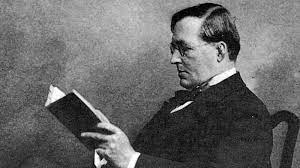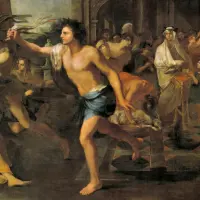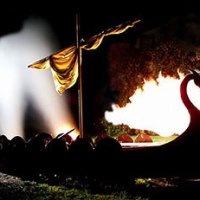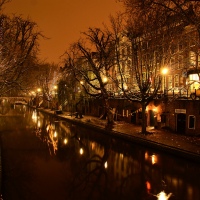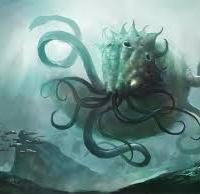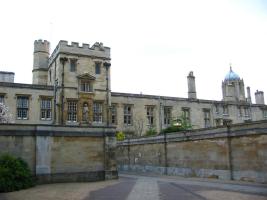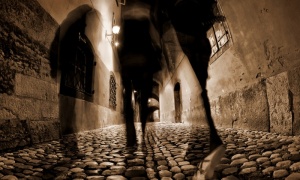Welcome to my humble abode, dear readers of the supernatural! Today, we’re going to have a creep-tastic time exploring the question of whether M R James was the father of the supernatural ghost story genre.
Now, if you’re not familiar with M R James, he was an English author who wrote some of the most chilling and unforgettable ghost stories of all time. His tales were often set in ancient, secluded places, and featured eerie apparitions and malevolent spirits that left readers trembling in fear.
But was he really the father of the supernatural ghost story genre? Well, the answer is a bit tricky. While James certainly played a major role in popularizing the genre and establishing many of its conventions, he wasn’t necessarily the first author to dabble in the realm of the supernatural.
In fact, ghost stories have been a part of English literature for centuries. From Shakespeare’s haunting portrayal of Hamlet’s father to the Gothic tales of Ann Radcliffe and Horace Walpole, the ghost story has a long and storied history in English literature.
However, it’s fair to say that M R James was a master of the form. His stories were expertly crafted, blending elements of horror, mystery, and folklore to create an unforgettable reading experience. His attention to detail and his ability to conjure up vivid, terrifying imagery made him a true standout in the genre.
So while M R James may not have been the father of the supernatural ghost story genre, he certainly deserves credit for his contributions to it. His stories have influenced countless writers and continue to chill readers to the bone to this day.
So, whether you’re a longtime fan of ghost stories or a newcomer to the genre, there’s no denying the impact that M R James has had on the world of supernatural fiction. So light a candle, settle in with your favorite spooky tale, and let the master of the ghost story genre take you on a spine-tingling journey into the unknown.
Read on for more…

